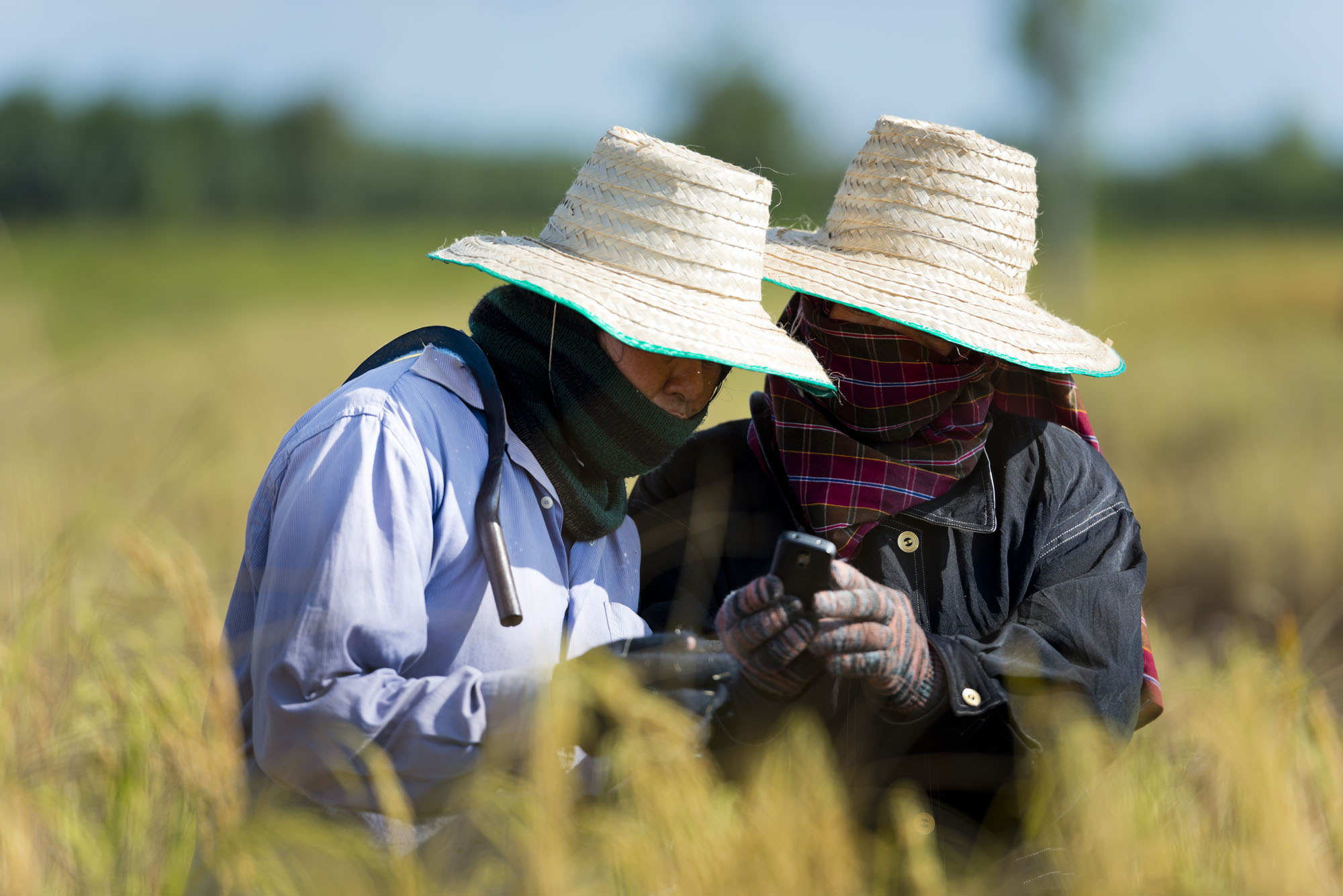In 2015, when the United Nations Sustainable Development Goals were officially adopted, the clock began ticking on an ambitious mission: ending global hunger by 2030. At the time, that target seemed achievable; during the previous 15 years, the number of undernourished people on the planet had been reduced by half, a staggering achievement attributed largely to international investment in agricultural and economic infrastructure.
And then the world got hungrier again; in 2016, the number of people without enough to eat increased to 815 million, up from 777 million the year before. What happened?
Part of the answer is as old as civilization itself: droughts, floods, conflict, and displacement have hurt harvests and weakened output. But a more intangible factor is no less important: many of the networks on which farmers have traditionally depended to cope with these disasters have been lost or degraded.



















With your current subscription plan you can comment on stories. However, before writing your first comment, please create a display name in the Profile section of your subscriber account page.